Did you know…
…that the name “Pentwater” was probably given by the Indians? It presumably means penned-up waters, or in another interpretation “pent” is Latin for “five”… plus water… meaning five bodies of water… (1), the river (1), the flats (2), Pentwater Lake (3), the channel (5), Lake Michigan. Access to Pentwater from the South to North, or North to South, runs entirely along these bodies of water.
…that land in Pentwater was first purchased for $1.00 or $1.25 per acre?
…that the smoke from the Chicago fire could be seen in Pentwater?
…that Weare Township, to the east of Pentwater, is named for Dr. D. G. Weare, the first doctor in Pentwater?
…that ice was harvested from Pentwater Lake to keep everyone’s ice-box cool?
…that Pentwater Lake is two miles long and 1/2 to 3/4 of a mile wide?



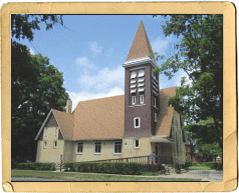
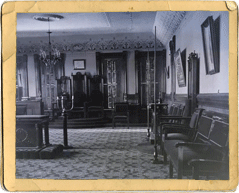

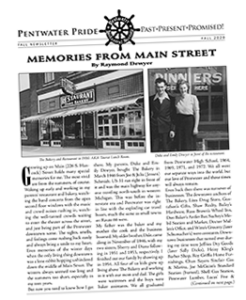
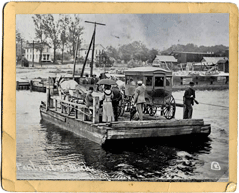

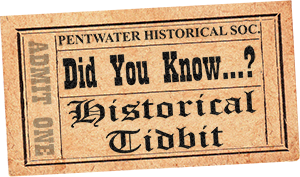
 Over forty shipwrecks have occurred along Pentwater beaches. None were more tragic than the 1940 Armistice Day sinkings, which drowned 59 Great Lakes sailors. On that black night in November, a storm with sustained winds of 80 mph, and gusts exceeding 110 mph, caught three massive steel lake freighters just off Pentwater.
Over forty shipwrecks have occurred along Pentwater beaches. None were more tragic than the 1940 Armistice Day sinkings, which drowned 59 Great Lakes sailors. On that black night in November, a storm with sustained winds of 80 mph, and gusts exceeding 110 mph, caught three massive steel lake freighters just off Pentwater. In 1892 a huge white block structure, complete with castellated tower, was started. In 1893 building stopped. Accusations flew. Williams left town and the town was left with a hollow shell. Someone called it the “White Elephant” and the name stuck The White Elephant was destroyed in 1927, Williams was forgotten. However, his vision of Pentwater as a world class resort was not. Most beach homes and resort development date from this time and from the vision of the promoter of the White Elephant.
In 1892 a huge white block structure, complete with castellated tower, was started. In 1893 building stopped. Accusations flew. Williams left town and the town was left with a hollow shell. Someone called it the “White Elephant” and the name stuck The White Elephant was destroyed in 1927, Williams was forgotten. However, his vision of Pentwater as a world class resort was not. Most beach homes and resort development date from this time and from the vision of the promoter of the White Elephant.